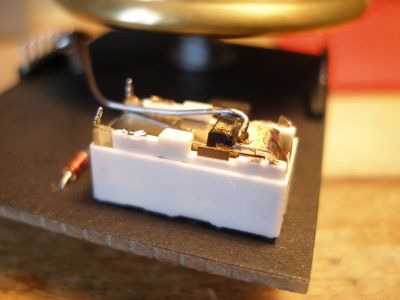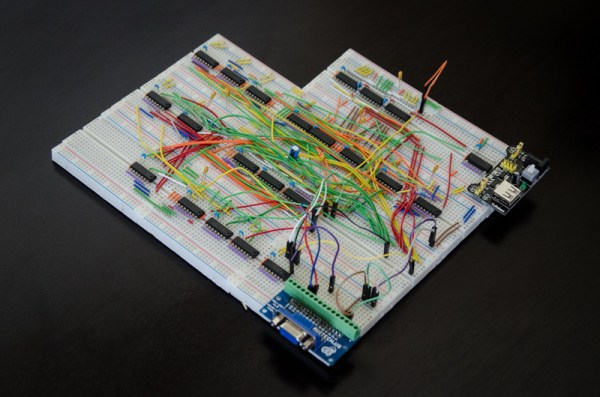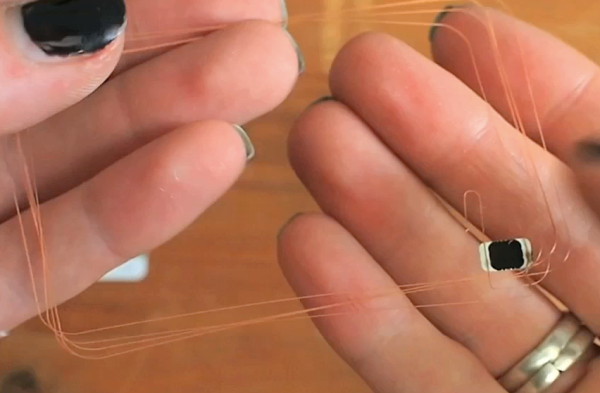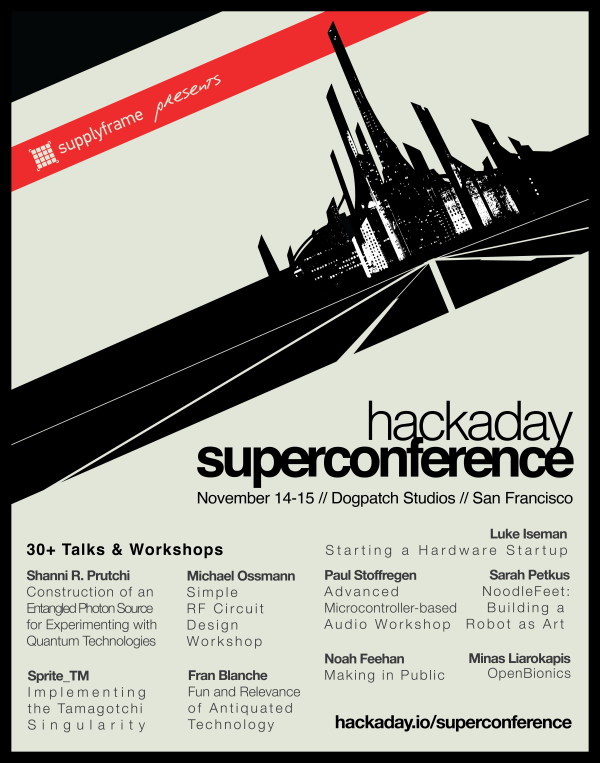Here’s a rather obscure clock that rings your bell. Literally. It’s a minimalist approach to the grandfather chime.
 You’ll want to check out the video below to see the electronic base very nonchalantly striking the bottom of the handbell. It makes a nice ring and brings a smile to your face at how clever [Iam5volt] was with the fabrication. There aren’t any hints available on that video, but we searched around and found the original build details published about 5 years ago. The striker is a hacked mechanical relay!
You’ll want to check out the video below to see the electronic base very nonchalantly striking the bottom of the handbell. It makes a nice ring and brings a smile to your face at how clever [Iam5volt] was with the fabrication. There aren’t any hints available on that video, but we searched around and found the original build details published about 5 years ago. The striker is a hacked mechanical relay!
The case of the relay is removed. A piece of stiff steel wire is affixed to swing along with the relay’s switch. This way, when current is applied to the proper inputs of the relay, the wire moves and a small screw head at the end strikes the bell. See what we mean by clever?
[Iam5volt] built this second revision of the clock in answer to our call for building clocks for social good. The display-free clock chimes the hour using a bell and only has a single button to reset time to HH:00:00


















